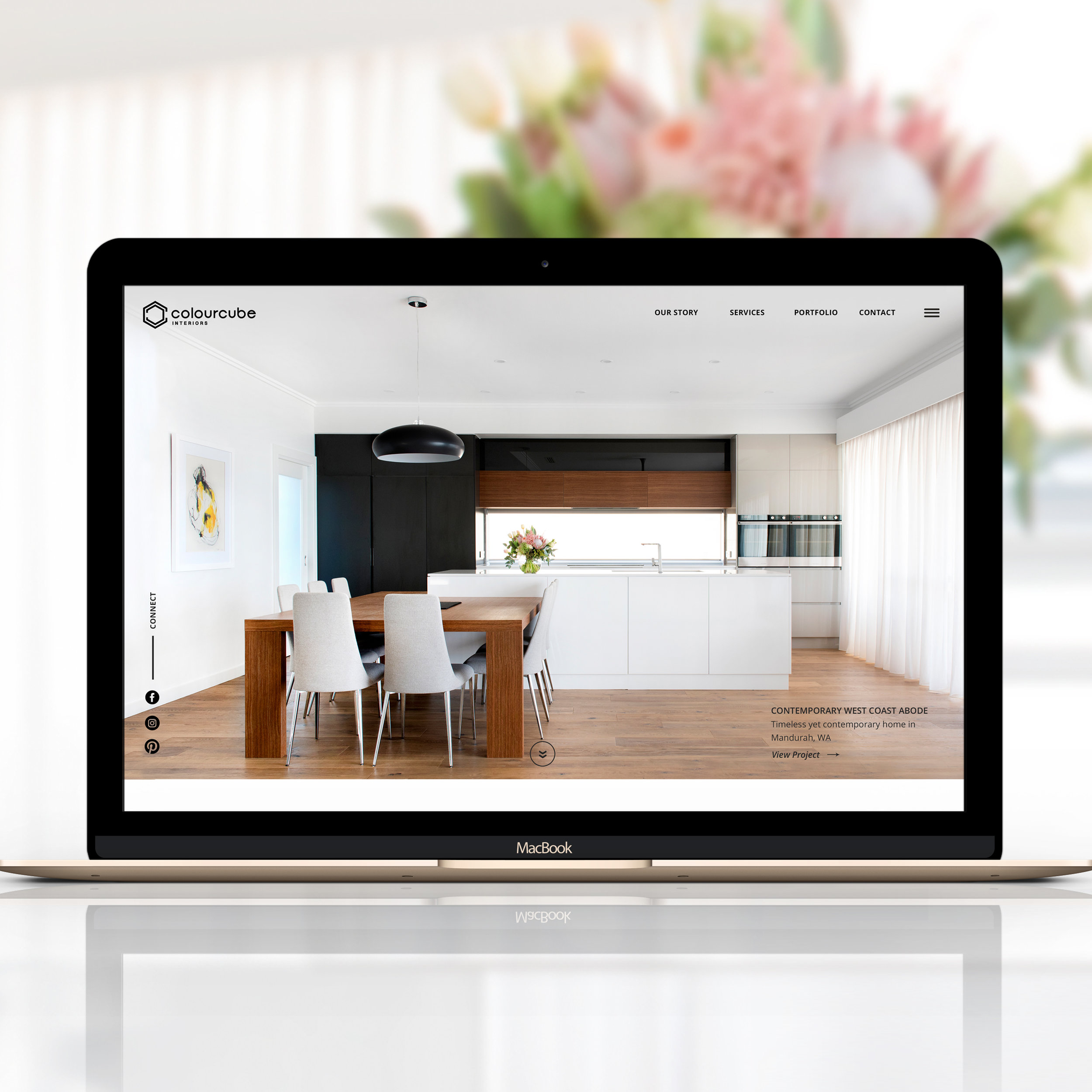Pricing design services is trickier than what it looks like. There are many factors that need to be taken into consideration to properly price a design project.
Design rates vary a lot depending on the designer’s physical location, experience, specialisation and demand. As Steven Snell, editor-in-chief of Vandelay Design, says in this other post on 12 Realities of Pricing Design Services:
“The variety of prices is as wide as the variety of talent levels”
Price has a big impact on your client’s perceptions and your business success. If you low-price your services, clients may think you must not be very skilled or experienced. On the other hand, with high prices also come high client expectations, that when they aren’t met lead to huge client disappointments and negative public reviews.
Putting price to my time and skills has been one of the most difficult parts of my job. However, this is an essential exercise for any designer. As just not only clients but also other designers usually ask about how I price my services and why I do it that way, today I’m sharing my pricing formula.
How do I charge my clients
There are typically two billing methods for design services:
- Hourly rate
- Fixed Price
Clients usually prefer the fixed price method, as they know up front the entire cost of the project, while charging per hour is favoured by many designers.
While an hourly rate method is usually easier for small projects, for large ones this pricing system could scare clients off. You never know how many hours it will take to complete a project, so the final invoice can be a nasty surprise for the client.
For that reason, my preference is to charge a set price for any project over 4-5 hours of work.
You can find out more about pricing creative services in this other post by The Design Trust with 15 different ways to price a create job.
How do I set fixed project prices
Not every project is the same. For example, there are simple websites and others with a lot of information and complex functionalities. So it would be unfair to charge the same for any website project. The same thing happens with any other piece of marketing material or design in general.
On the other hand, large projects usually involve many different tasks; each task requires different levels of specialisation or expertise, from design, art direction, coding or project management. Depending on the specialisation and complexity, every task usually has a different average hourly rate in the market.
To know how much I should charge for each task, I determine the market rate first. To do this, I check other competitors’ rates through freelance marketplaces. Some useful tools are:
- This DesignQuote Interactive Pricing Calculator, which I find quite useful to get a quick idea of how much I should charge for a web design or development job.
- This research by NJ Creative Network, which shows a long list of creative services with their lowest, highest and average rates.
When a potential client requests a quote, to ensure I have a clear understanding of the project requirements, I ask them to fill a project brief questionnaire. Once I get the information I need from them, I can calculate the project price with the help of own price calculator, which is basically an Excel file with a long list of project tasks and a separate price for each of them. The formula is:
|
{ Hourly rate (Expenses + Average Market Salary) x Estimated Time To Complete } x ComplexityLevel = Base Price |
|---|
There are also some add-ons that will impact on the final cost of any project, like hosting services, SSL certificates, stock photos, photo editing and retouching, customised illustrations, customised coding and CSS, etc. Most of these added costs don’t usually go to the designer but to thirds party companies or subcontractors.
If you are a designer, below you can download my quote template in Excel for your reference and customise it with your own prices and creative services.
Minimising fixed price risks
The main risk of fixed pricing methods is that if the client ends up being a bit picker than expected, the designer will need a lot more extra hours to complete the project. If you bill all those hours, the client will receive an invoice ridiculously above your initial quote, if you don’t, you will end up working for free.
To make the flat rate billing system fair for everyone, it’s extremely important to clarify what is included in the price and what’s not, and therefore, it will be charged separately. For example, I include 3 rounds of revisions and every additional round of revisions and changes has a cost of AUD$75.
If you do this in a simple conversation, the client may forget quickly about it. If you put it in writing, they may never read it. So I do both, just to be safe. In our first face-to-face meeting I discuss the project budget, possible costs and what’s included on the price, and then I send them a contract to sign-up, that specifies:
- How many rounds of revisions are included and cost of additional revisions
- Payment methods and conditions
- Cancellation policies
- Additional fees if the project requires more work than expected
- After sale support
- Fees for payment delays
- Etc
Structuring my payments
When I was a young designer I learned this the hard way. Some clients didn’t pay. So I always ask for payments upfront. It’s just a security that the client won’t easily go to another designer; change his/her mind in the middle of the process or will be just simply unwilling to pay.
My payment structure varies depending on the total cost of the project:
- On small projects under $500 I require full payment upfront
- On mid-size projects between $500 and $2,000 I ask for a $500 deposit and the balance prior to the release of production-ready files or to go live.
- On larger projects with several stages of deliverables, I require 40% deposit prior to starting any work but break up the fee schedule based on deliverables.
Covering indirect costs
The total amount of phone calls, Internet bills, software, licenses, bank and PayPal fees and, of course, taxes, was an unpleasant surprise after my first year in business. These indirect costs are very difficult to charge to the client, and have too be part of your hourly rate. But at the end of the year, they are just too much to pay them out of your own pocket.
So I quickly learned that a freelance designer also needs a second source of revenue, in the form of passive income. In my case, selling pre-made design and digital products online has been a great way to generate extra cash flow, not just to increase my monthly revenue but also to cover all those indirect costs.
Packaging services
Most of my new businesses are referred by existing client’s. For that reason, great project outcome and excellent client service during and after their project is key to ensure the continuity of my business.
Rather than giving discounts to new clients I prefer to provide client value by creating service packages. The benefit of packaging my services is that I can offer some extra free-services or discounts to existing clients, aimed to build long-lasting relationships with them. As part of my service packages I include, for example:
- Face-to-face meetings and free consultations for local clients
- Free post-project technical support and trainings
- Discounts for new business referrals
- Free access to my small business resource library
- Etc
Wrap Up
When it comes to price design services there is no right or wrong methods. Both hourly pricing and project-based fixed pricing have pros and cons. Every designer will have to identify the pricing method that works better for him/her.
Sometimes you will probably realise that you underestimated the amount of work that a project was involving, in which case, you will have to learn from the experience and calculate your price better next time.
Finally, do research the market, don't under-price or over-price yourself and make sure you always add value to your services to ensure repeated business and referrals.
If you are a designer or a client, your thoughts on this topic will be very appreciated.





























